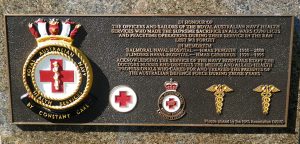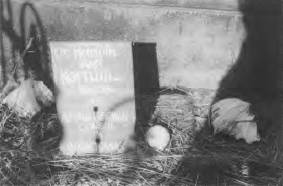Over recent timeswhat was the Naval Health Services has undergone a significant transformation, becoming part of a unified Defence Health Services organisation. To many past members of the wider naval ...
Naval medicine
The RAN and the 1918-19 Influenza Pandemic
The Health of the Navy
Green and Gold Malaria
The day would soon arrive when I could not ignore the rash. I was obviously ill and so I called on Doctor Nash. This standard consultation would adjudicate my fate. ...

